当前位置:网站首页>Will golang share data with fragment append
Will golang share data with fragment append
2022-04-23 15:04:00 【Mrpre】
Golang Bisection append Whether data will be shared
Golang The official response to slice See the article for the description of :https://blog.golang.org/slices-intro Most, especially the first half , It's very detailed , But finally about append The relevant part , It makes people feel a little tasted .
First , Write the conclusion first :append Back to slice object , It is possible to share input parameters slice The bottom of the ( It means that for the returned object slice The assignment of will affect the input parameters slice) It is also possible not to share input parameters slice The bottom of the .
Let's start with a few examples
example 1:
package main
import (
"fmt"
)
func main() {
s := make([]int, 3)
s[1] = 1000
fmt.Println(len(s), cap(s), s)
}
The result is printed out 3 3 [0 1000 0], There is no dispute about this .
example 2:
package main
import (
"fmt"
)
func main() {
s1 := make([]int, 3)
s2 := append(s1, 1000)//s1 Additional value 1000, The return value is s2
fmt.Println("s2", len(s2), cap(s2), s2)
fmt.Println("s1", len(s1), cap(s1), s1)
fmt.Println("After modify s2")
s2[1] = 999// Yes s2 assignment , See if it's right s1 Have an impact on
fmt.Println("s2", len(s2), cap(s2), s2)
fmt.Println("s1", len(s1), cap(s1), s1)
}
Print the results
s2 4 6 [0 0 0 1000]
s1 3 3 [0 0 0]
After modify s2
s2 4 6 [0 999 0 1000]
s1 3 3 [0 0 0]
Seems to be , We are right. s2 Assignment (s2[1] = 999) No impact s1, therefore ,append Returned object , Just like s1 It doesn't matter ?NO, Let's take an example 3
example 3:
package main
import (
"fmt"
)
func main() {
s1 := make([]int, 3)
s_slice := s[1:2]
s2 := append(s_slice, 1000)
fmt.Println("s2", len(s2), cap(s2), s2)
fmt.Println("s1", len(s1), cap(s1), s1)
fmt.Println("After modify s2")
s2[1] = 999
fmt.Println("s2", len(s2), cap(s2), s2)
fmt.Println("s1", len(s1), cap(s1), s1)
}
s2 2 2 [0 1000]
s1 3 3 [0 0 1000]
After modify s2
s2 2 2 [0 999]
s1 3 3 [0 0 999]
From the results , You see s1 Modified synchronously . example 3 and example 2 The only difference is append Input ,s_slice and s1, here Let's look back at the official documents mentioned earlier in the article :https://blog.golang.org/slices-intro The properties of the shard include 3 individual ( Array pointer 、cap、len), For example 3 in ,s_slice and s1 The difference is He two cap len Different ( For relevant knowledge, you can search other articles or directly see the links given above ).
therefore , You can guess. ,append Yes cap perhaps len 了 . cap Express 了 slice Maximum storage capacity ,len Represents the current number of elements .
len(s1), cap(s1), All are 3, Express s1 Capacity is 3, The number of elements is 3, It indicates that the s1 Full of , you are here s1 On the operation append, Then you must create a new array pointer , That is an example 2 in ,s2-> Array pointer and s1-> Array pointer Completely independent . That's why append Enter the reference yes s1 when , For returned s2 The operation of , It won't affect s1.
go back to example 3, Enter the reference s_slice Of cap yes 2,len yes 1( because s_slice Derived from s1,s1 Capacity is 3,len yes 3,s_slice take [1:2],cap There's one left ), So at this time s_slice It has capacity .
For those with capacity slice,append operation , It's in the present Insert a value after the pointer array . That means ,s2 Used s1 Pointer array of , modify s1 It will be modified synchronously s1.
append The pseudo code of the implementation can be understood as
append(src, other) {
ret = src
// Excess capacity , Just apply for new memory , Otherwise returns the value of the object byte still src Of byte
if len(other) + src->len > src->cap {
byte = new(...);
copy(byte, src->byte)
ret->byte = byte//replaced by new buffer
} //else ret->byte == src->byte
copy(src->byte + src->len, other)
}
append There are two faces .
版权声明
本文为[Mrpre]所创,转载请带上原文链接,感谢
https://yzsam.com/2022/04/202204231409587992.html
边栏推荐
- capacitance
- Leetcode165 compare version number double pointer string
- UML学习_day2
- SQL中HAVING和WHERE的区别
- 1 - first knowledge of go language
- I/O复用的高级应用之一:非阻塞 connect———使用 select 实现(也可以用 poll 实现)
- epoll 的EPOLLONESHOT 事件———实例程序
- Introduction to dirty reading, unrepeatable reading and phantom reading
- Mds55-16-asemi rectifier module mds55-16
- Programming philosophy - automatic loading, dependency injection and control inversion
猜你喜欢

Don't you know the usage scenario of the responsibility chain model?
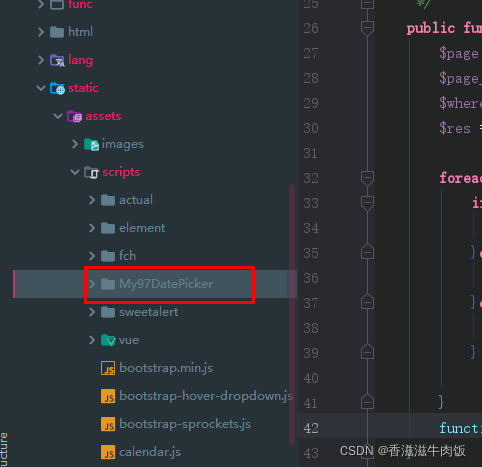
We reference My97DatePicker to realize the use of time plug-in
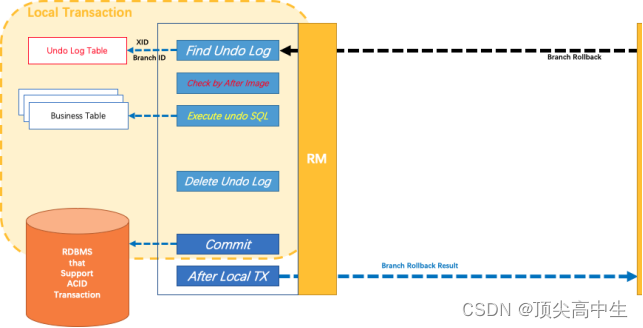
分布式事务Seata介绍
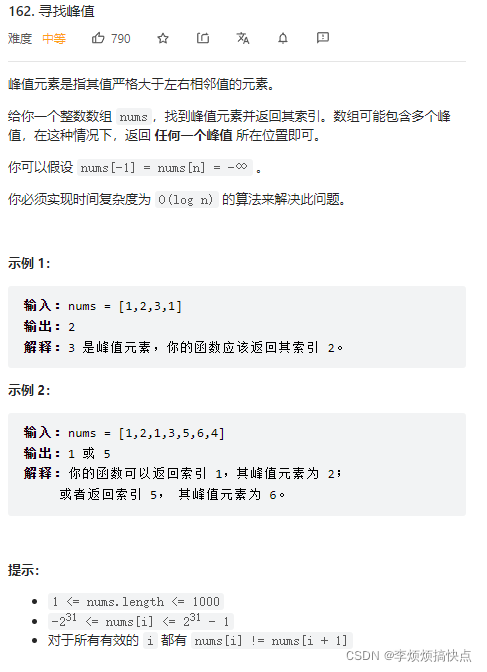
Leetcode162 - find peak - dichotomy - array
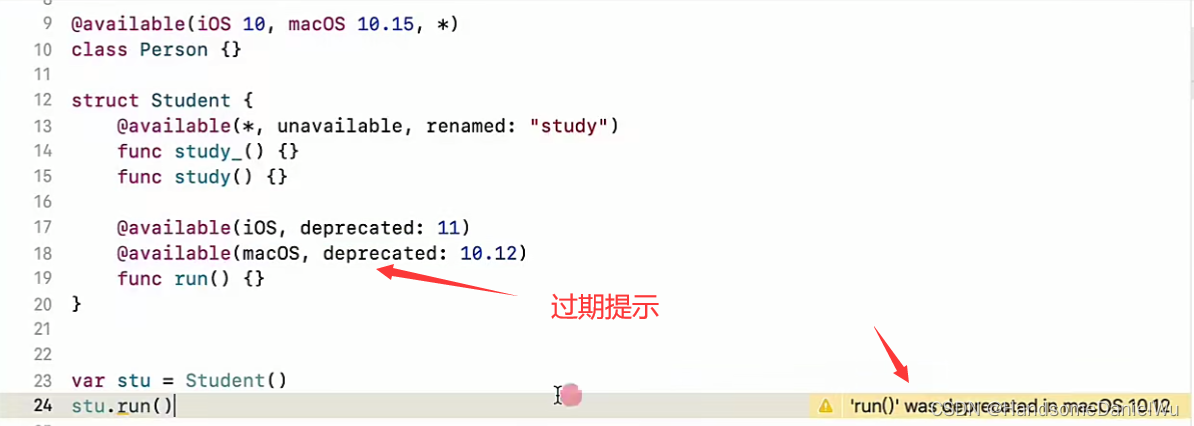
OC to swift conditional compilation, marking, macro, log, version detection, expiration prompt

Vous ne connaissez pas encore les scénarios d'utilisation du modèle de chaîne de responsabilité?

How to upload large files quickly?
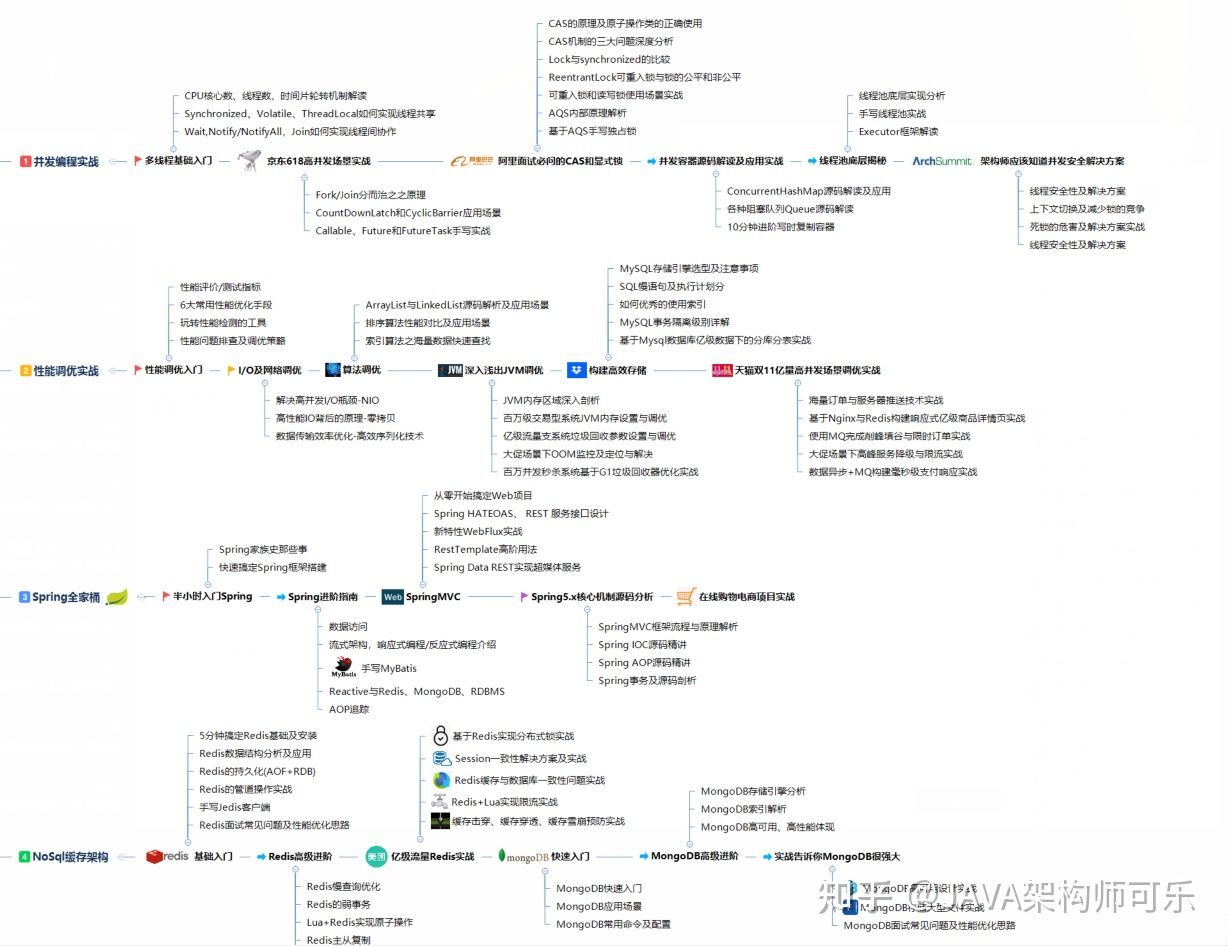
On the day of entry, I cried (mushroom street was laid off and fought for seven months to win the offer)

1-初识Go语言

Advanced version of array simulation queue - ring queue (real queuing)
随机推荐
How to upload large files quickly?
JS - implémenter la fonction de copie par clic
2-Go变量操作
编程哲学——自动加载、依赖注入与控制反转
大文件如何快速上传?
Have you learned the basic operation of circular queue?
Leetcode exercise - 396 Rotation function
LeetCode162-寻找峰值-二分-数组
js——实现点击复制功能
Fill in the next right node pointer II of each node [classical hierarchy traversal | regarded as linked list]
Model location setting in GIS data processing -cesium
Introduction to distributed transaction Seata
买卖股票的最佳时机系列问题
UML project example -- UML diagram description of tiktok
January 1, 1990 is Monday. Define the function date_ to_ Week (year, month, day), which realizes the function of returning the day of the week after inputting the year, month and day, such as date_ to
UML learning_ Day2
I/O复用的高级应用:同时处理 TCP 和 UDP 服务
JUC学习记录(2022.4.22)
Detailed analysis of SQL combat of Niuke database (26-30)
1990年1月1日是星期一,定义函数date_to_week(year,month,day),实现功能输入年月日后返回星期几,例如date_to_week(2020,11,1),返回:星期日。 提示: